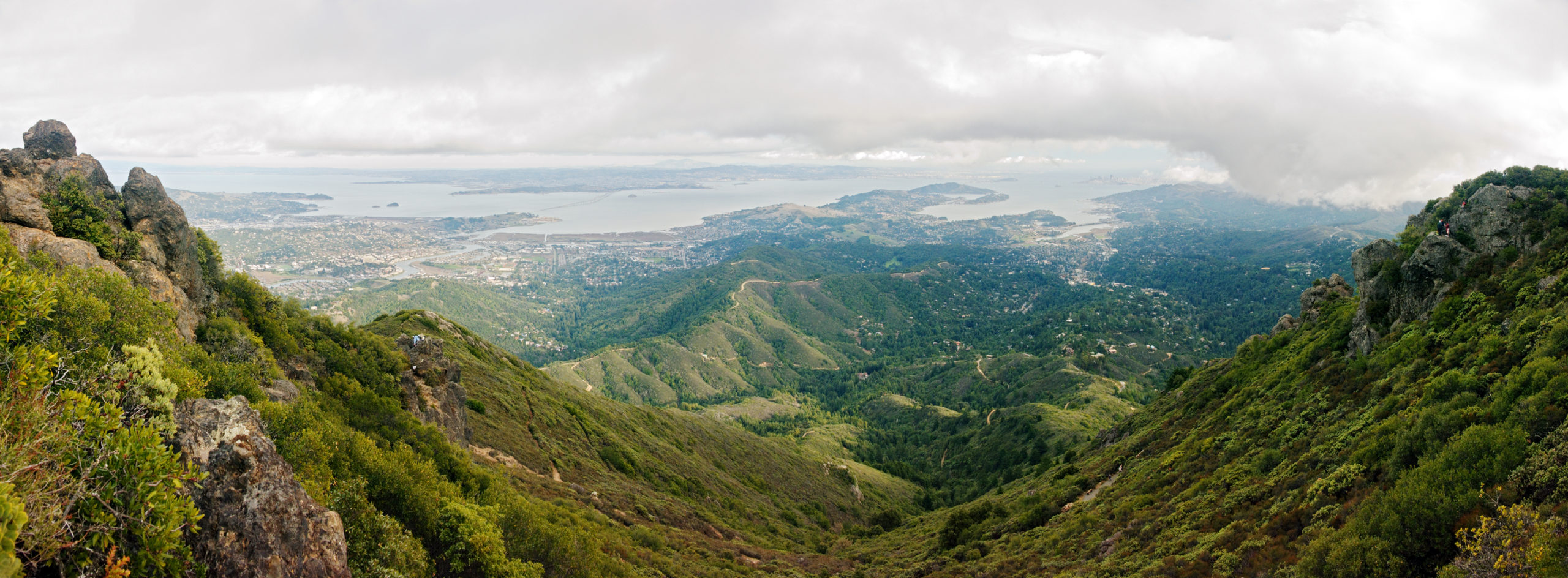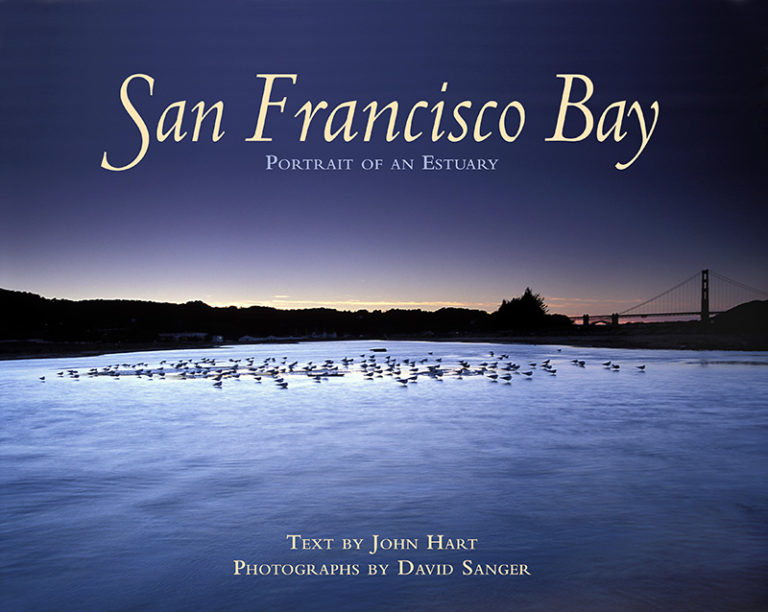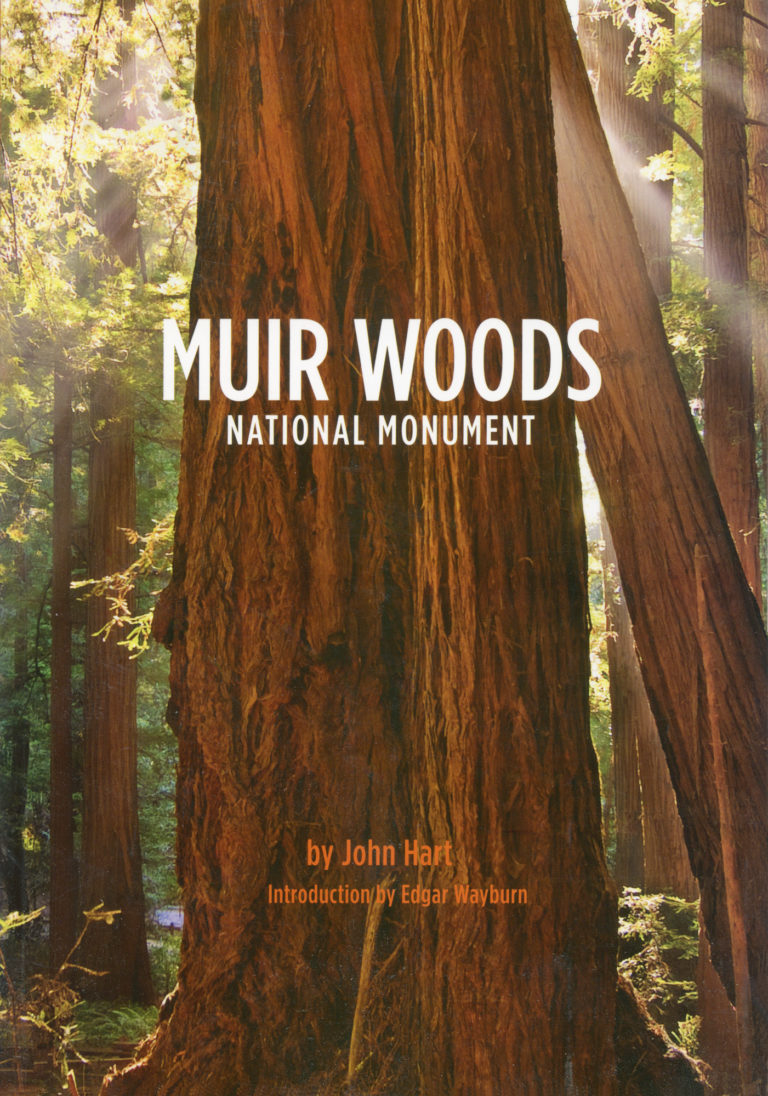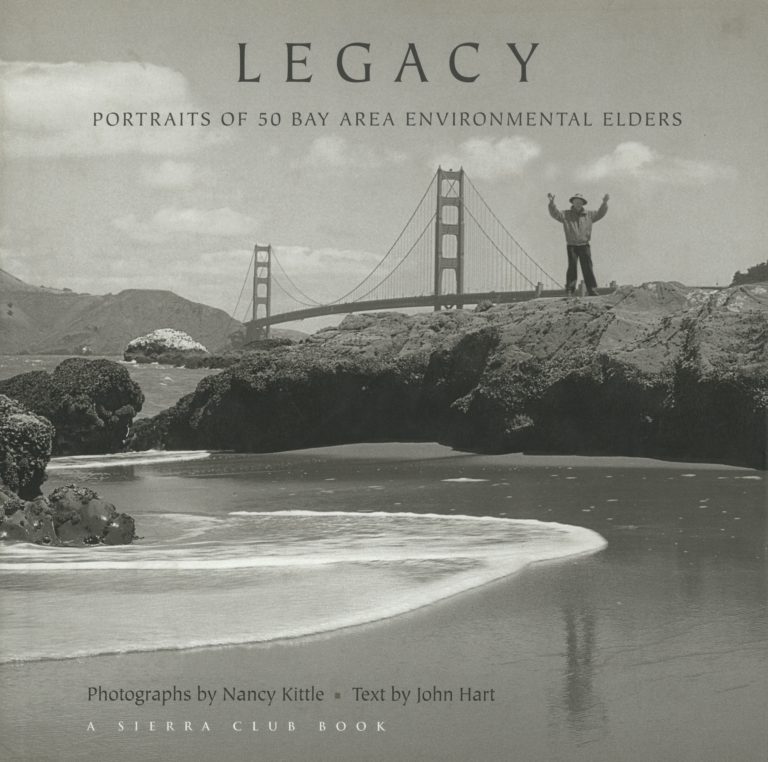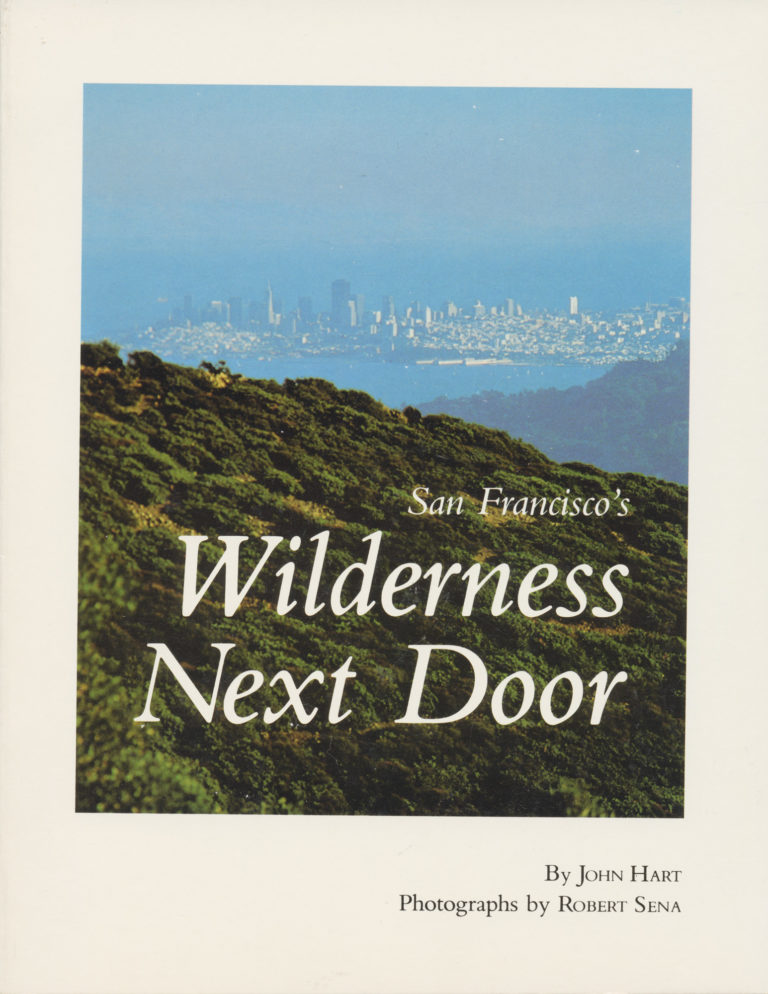
from San Francisco’s Wilderness Next Door (1979)
From the city of San Francisco, go north. Cross the rust-orange bridge above the wide, cold water of the Golden Gate. Travel a twisting road above the shore. Walk through a concrete tunnel in the hill: past the pit that was dug to house a gigantic coastal gun. Climb up a flight of wooden stairs—and there, from the top of the rise called Hill 129, what you have come to see is before you. You are 900 feet above the water of the Golden Gate. Beyond, encrusting its peninsula like a deposit of white salt, is the city of San Francisco. Everything that might be dull or ugly in that city is, from this vantage, missing: rendered invisibly little: edited out. The buildings have become…
